Manna is extracted by making incisions on the bark of the fraxinus angustifolio tree, known as - what else - manna trees, which causes a whitish resin to flow out, rather like rubber tree tapping,. This sap crystallizes and creates stalactite forms which are then dried before being sold. Manna is obtained exclusively in the towns of Castelbuono and Pollina with the period of incision and harvesting lasting from the first ten days of July to September. Climate also plays its part in defining the quality of the manna and there is a close relationship between the weather and the quantity produced.

Manna, from Sicily, not from Heaven
by Maritravel
Often called Sicilian gold, manna is a product of the narrow-leaf ash tree, and is used in medicines, foods and cosmetics, and grows only in two places on the island of Sicily
“And when the children of Israel saw it, they said one to another
It is manna: for they wist not what it was. And Moses said unto them,
This is the bread which the Lord hath given you to eat.”
- Exodus 16:14-16
I live on an island where they make garlic beer and garlic ice-cream and visitors to my home area think these are very strange concoctions. But I found something in Sicily this year that is equally strange. Manna, yes the stuff that was mentioned in the Bible and that has led to the expression Manna from heaven.
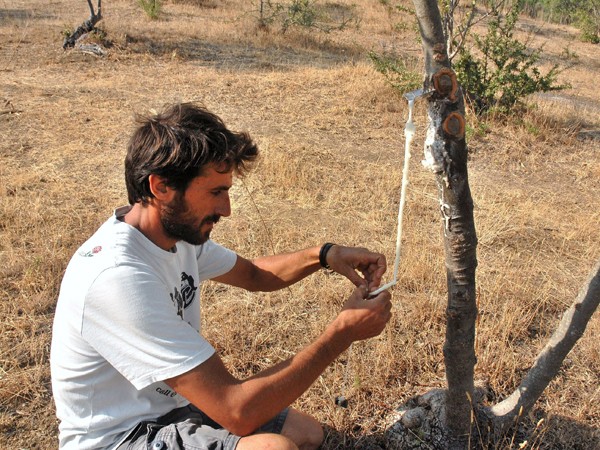 Harvesting Manna in Traditional Manner Castelbueno Live (Google Pages) |
Harvesting Manna in Traditional Manner
A few young men still follow the traditional way of doing things but as few of them have the knowledge to determine when exactly to make the first incision, it is mostly left to the older generation to harvest the sap. Only they seem to know how to increase the yield by splicing slits in the bark to create more stalactites than occur naturally.
Monitoring the crop and protecting it from the elements is essential as If it rains or gets too humid, the manna just dissolves. If it survives however, it is broken up into sticks and then sold on to shops. Although it tastes like something between honey and maple syrup, it is a little less sweet than either of them and has a very distinctive flavour and texture as it melts in your mouth. Often compared to maple syrup, the comparison is not inappropriate although the composition of manna differs considerably from that popular Canadian product.
Manna is sold in small rods cut from the long dripping lengths of the hardened sap.
Composition of Manna
Uses for - medicinal and cosmetic
Manna is about 45% mannitol, a type of sugar that is absorbed very slowly and only contains about 3% glucose, which makes it very useful in the manufacture of medicines for diabetics. Manna has medicinal properties as well and items made from the sap are sold in many of the villages. It is an intestinal regulator, a digestive, a light laxative, it soothes a cough, it decongests the liver and it is rich in mineral salts. Nowadays it is used in pastry making and in cosmetics (soaps, creams etc.) and although its taste is sweet it can be used by diabetics as it doesn’t modify glycaemia.
Where to buy Manna
The shops in Castelbuono in the Madonie National Park in Sicily (near Cefalu) are full of Manna products and although the sales pitch is quite casual and laid back, a number of ludicrously extravagant claims have been made for the magical properties of Manna and I suspect there are a few snake-oil salemen around. I was told by various vendors that their products would cure all allergies and even cure liver disease. As for what it would do for the sex lives of both male and female, well, I’m surprised they have any stock left.
And just like the Isle of Wight in the UK with its garlic ice-cream, if you go to Castelbuno, you can eat manna ice cream, too. I don’t think they have Mann Beer though – they haven’t thought of it yet!
You might also like
Amazing Aloe Vera Health Benefits and Herbal Home RemediesI have always preferred the usage of herbs and home remedies for small burns,...
The Unique 31 Herbal Oil Review for Headaches and Pain ReliefA unique and spectacular 31 herbal oil from Just Swiss for excruciating and u...
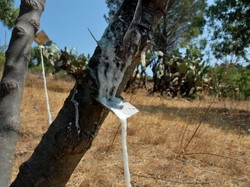

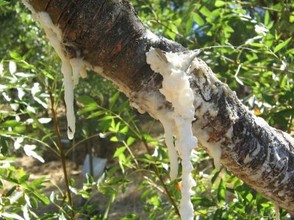
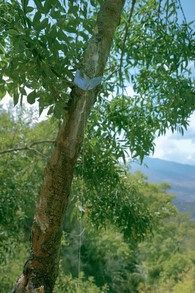
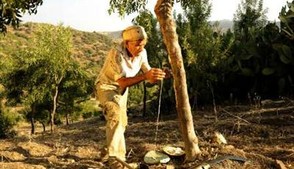
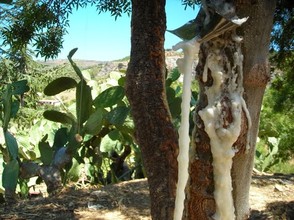


 The Alternative Picture Galleryon 04/20/2016
The Alternative Picture Galleryon 04/20/2016
 ROME - Where the Past Comes to Lifeon 03/26/2016
ROME - Where the Past Comes to Lifeon 03/26/2016
 Only in London - New Unique Guideon 01/25/2016
Only in London - New Unique Guideon 01/25/2016
 A Weekend in a Castle - the White Cliffs Experienceon 12/16/2015
A Weekend in a Castle - the White Cliffs Experienceon 12/16/2015
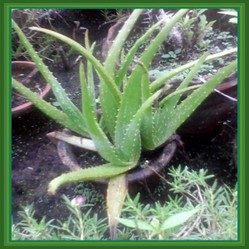
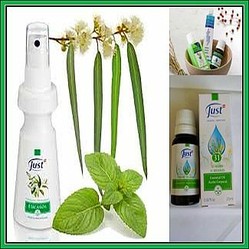
Comments
How very interesting. I've made a note of Werner Keller's book, one I hadn't known of. My cup of knowledge runneth over!
The mark of a good idea is that other ideas flow from it. I have looked up Werner Keller's book, The Bible as History. Keller cites G. Ehrenburg, a German scientist who in 1823 discovered that tamarisk trees exude a sweet edible substance the size of a coriander seed when pierced by a species of plant louse. It is white, as the Bible says it was. This was confirmed in the 1920s by an expedition from the Hebrew University of Jerusalem. It is also noted that besides the tamarisk, Alhagi persarum, the camel thorn, also exudes a sweet substance that can be eaten. This leads me to think that manna may not have been only one substance, but a generic name for a group of sweet exudations edible to humans.
Quite a high sugar content but not sugar as we know it so it is wonderful for diabetics. People there told me that many diabetics come to the island just to buy manna for use at home, but I do wonder why more is not known about this 'wonder food'. Anyway, I bought some for indigestion but haven't had to use it yet!
Quite an interesting article. It seems to have a high sugar content, or did I not read properly.
Of course names can also have evolved since Moses, especially in that the biblical words are translated. Perhaps it is not quite the biblical manna, or maybe it is. Unless we find a really old person who walked with Moses we will never be certain. The critical part of the biblical reference is God took care of the people. Identical or not, it is not important.
You're probably right about the folk memory. I believe it is also used in India in some dishes, in fact I have seen a photograph of it looking like a particularly thick soup, like a lentil soup that had been slightly blitzed to thicken it. No doubt it also grows there. It used to grow in other parts of Italy and Spain but the trees died out, I suppose too labour intensive.
Cous-cous is fine textured. There is a clue here. Maybe we have a folk memory of the way in which manna was ground down and used. In fact, a cous-cous texture makes more sense, as it is easier to handle than anything with hoar frost texture.
I used the biblical quote merely because when I mention manna people always ask me if it's connected. It can be used in so many ways, it's liquified for some dishes, ground down so that it has a cous-cous like texture for certain dishes, and sold chopped up in rods. Extremely useful. I believe the main user of this in cosmetics is the Yves Rocher firm but I was not able to get absolute confirmation of this fact so didn't use it in the article.
Thank you for reading it, and for your comment.
This is a wonderful article, very informative. However, Exodus chapter 16 verse 14 says that manna was fine and granular, as fine as hoarfrost. This account was written five -seven hundred years after Moses, so it is not first hand, and the hoarfrost description might be faulty. But can the stuff that you get from manna trees fit this description?